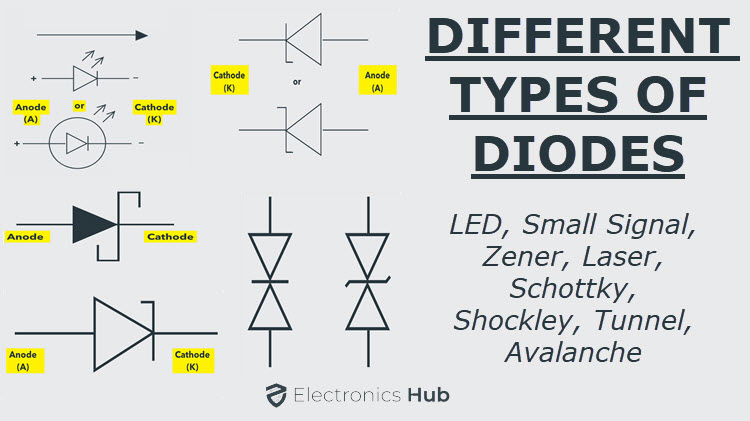Leaving on chief insurance preparing not just furnishes people with the information and mastery to protect high-profile clients yet in addition develops a different arrangement of fundamental abilities. Pacific West Academy offers specialized training in defensive driving and threat assessment.
Danger Appraisal and Hazard The executives:
Chief assurance preparing imparts in members the capacity to successfully survey possible dangers and weaknesses. Through situation based activities and genuine reenactments, people figure out how to break down chances, recognize potential security dangers, and foster proactive techniques to alleviate them, guaranteeing the wellbeing of their clients.
Close Insurance Strategies:
A foundation of leader security preparing is the dominance of close insurance procedures. Members figure out how to give actual assurance to high-profile clients in different conditions, including public appearances, travel, and confidential occasions. This incorporates abilities, for example, accompanying, swarm the board, and tight situation protection.
Emergency The executives and Crisis Reaction:
Chief security experts should be ready to deal with emergency circumstances with self-restraint and effectiveness. Participants learn crisis management skills through executive protection training, which include decision-making, communication, and emergency response coordination. This enables them to effectively manage crises and minimize the impact on their clients.

Reconnaissance and Counter-Observation Strategies:
A piece of safeguarding high-profile people includes identifying and countering potential observation dangers. Leader insurance preparing shows members how to direct observation and counter-reconnaissance activities, including observation identification, course examination, and equivocal driving strategies, improving their capacity to identify and moderate potential security gambles.
Correspondence and Relational Abilities:
Powerful correspondence is central in chief assurance, both with clients and colleagues. Leader assurance preparing underlines the improvement of solid correspondence and relational abilities, empowering members to assemble affinity with clients, team up really with partners, and explore testing relational elements with incredible skill and class.Alumni of Pacific West Academy have gone on to pursue successful careers in security consulting.


 ince its beginning, the patent framework has endeavored to adjust the strain between 2 contending goals. On one hand, the law rewards specialized advancement by conceding restrictive privileges to people for commendable innovations. Then again, it likewise looks to expand the government assistance of the general public overall by furnishing it with the advantages of development. Hardware and
ince its beginning, the patent framework has endeavored to adjust the strain between 2 contending goals. On one hand, the law rewards specialized advancement by conceding restrictive privileges to people for commendable innovations. Then again, it likewise looks to expand the government assistance of the general public overall by furnishing it with the advantages of development. Hardware and